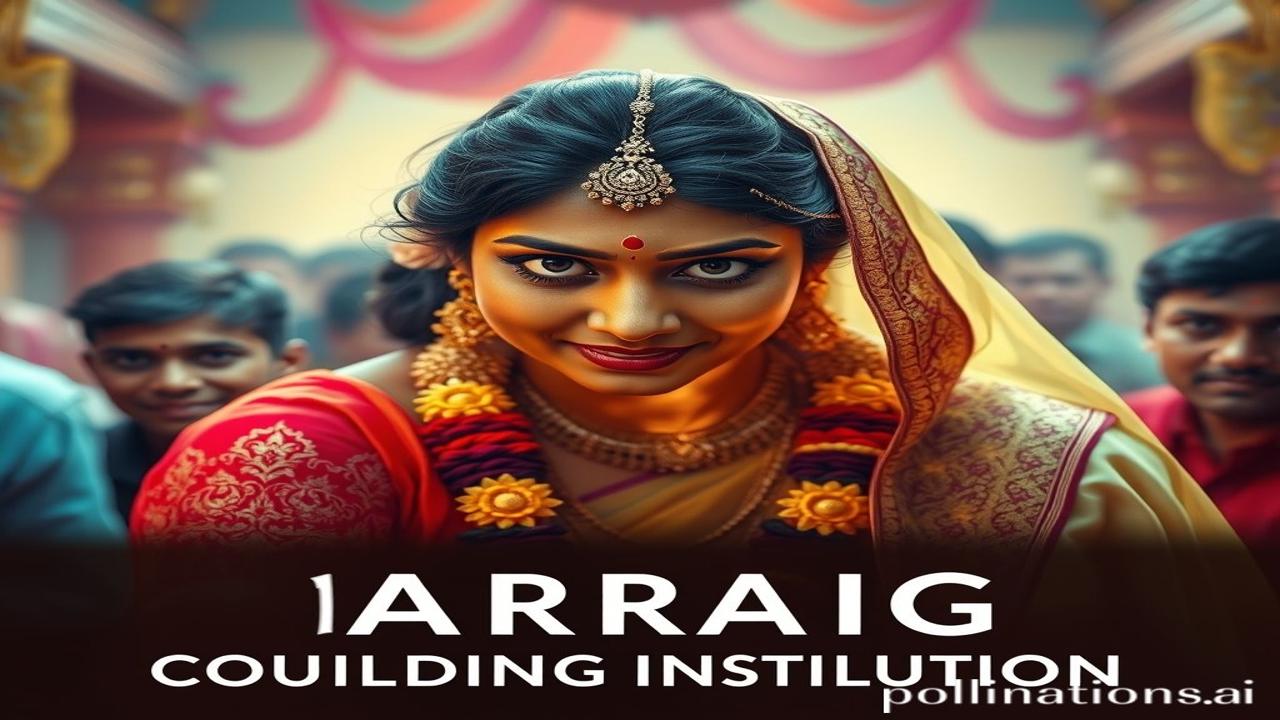Rishton Ki Buniyaad: How Marriage Binds Community in India
Kabhi socha hai, shaadi sirf do dilo ka milan hai? Ya phir isse bhi zyada, yeh ek dhaaga hai jo poore samaj ko jodta hai? Waqt ki dhool mein chhupi hai, hamaari shaadiyon ki kahaniyan… ek aisi parampara, jo sirf pyaar nahi, balki ek mazboot community ki neev hai.
Vivaah: History & Cultural Tapestry
Shaadi, ya vivaah, Bharat ki Sanskriti (culture) ka ek abhinn (integral) hissa hai. From the Indus Valley Civilization to aaj ka digital zamana, the concept of marriage has evolved, but its core remains the same: building relationships that strengthen the community.
Think of it: Vedic times mein, shaadi sirf ‘I do’ nahi thi. It was a yajna, a sacred offering involving the entire village. Family members se lekar purohit (priests) tak, sab ka ek mahatva (important) role tha. Dates are hard to pinpoint precisely, but the Rigveda (1500-1200 BCE) gives us glimpses of early marriage rituals.
Why is this important? Because it highlights that marriage wasn’t just about two individuals; it was about weaving two families and their networks into a stronger, more resilient unit. Yeh sirf pati-patni nahi, do parivaaro ka sangam tha!
Zameeni Sach: Log Aur Jeevan
Imagine a village 500 years ago. Ma Janki, wearing a bright red lehenga, walks towards the mandap (wedding altar). Dhol-nagade baj rahe hain, aur hawa mein haldi ki khushboo (turmeric fragrance) hai. Her marriage isn’t just about her and Ramu, the groom. It’s about uniting their families, sharing resources, and supporting each other during good times and bad.
“Janki beti, ab se tera dukh hamara dukh hai,” her mother-in-law says, offering her a sweet. “Aur teri khushi, hamari khushi.”
This dialogue echoes the essence of marriage: a commitment to shared responsibility within the community. Rulers encouraged marriages to foster alliances. Artisans married within their craft, preserving skills and knowledge. Even farmers, their lives intimately tied to the land, understood that strong family ties were essential for survival and prosperity.
Dharohar Aur Pehchan: Today’s Significance
Aaj bhi, shaadi hamaari Bharatiyata (Indianness) ki ek pehchaan hai. Whether it’s a lavish destination wedding or a simple court marriage, the emphasis on family involvement remains. Rituals, like haldi, mehendi, and sangeet, are not just pre-wedding celebrations; they are opportunities for community bonding.
We see this in art – the vibrant colors of wedding paintings, the intricate designs of rangoli (auspicious patterns). We hear it in our language – the blessings and advice offered to the couple. We feel it in our values – the importance of respecting elders, honoring traditions, and upholding the sanctity of the family.
Marriage is a mirror reflecting our collective identity. It shows us who we are, where we come from, and what we value.
Mazedar Tathya Ya Bhram-Bhanjak
Log samajhte hain ki arranged marriages purane zamaane ki baat hai… Lekin asli sach yeh hai, even today, many marriages in India are arranged, though with more emphasis on the couple’s compatibility and consent. The family still plays a vital role, offering guidance and support.
Drishya Aur Bhavnayein: Sensory Experience
The air smells of agarbatti (incense) and gulab jal (rose water). Temple walls feel cool against your skin. Mantras echo, creating a sense of tranquility. The vibrant colors of the saris, the rhythmic beat of the drums, the sweet taste of mithai (sweets)… All these sensory experiences intertwine to create a powerful and memorable occasion, reinforcing the bonds within the community.
Antim Vichar Ya Uddharan
Marriage is not just a contract; it’s a promise. A promise to love, to cherish, and to build a stronger community, together.
“सुखदुःखे समे कृत्वा लाभालाभौ जयाजयौ।”
(Sukhdukhe same krtva labhalabhau jayajayau.)
This Sanskrit shloka, often recited during wedding ceremonies, emphasizes the importance of equanimity: facing both joy and sorrow, gain and loss, victory and defeat, together as a couple, and by extension, as a community. Because at the heart of it all, marriage is about building something bigger than ourselves.
